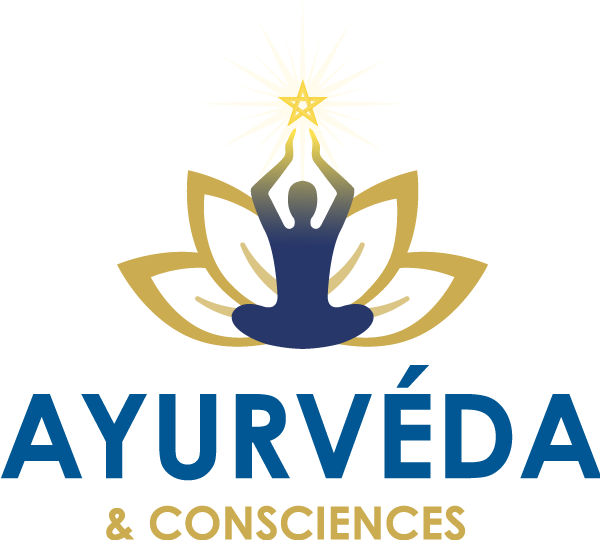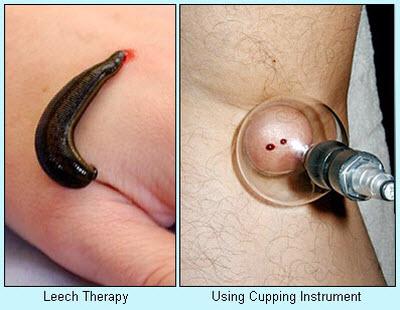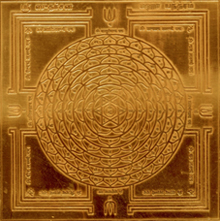Though it sounds very primitive way of treating, it is a very helpful process. Raktamokshana means removing vitiated blood from the body. It is a localized treatment. Generally not more than 10-40 ml blood is removed at a time.
Ayurvedic panchakarma procedures mainly focus on throwing the vitiated dosha out of the body and thus checks the reoccurrence of the disease. And raktamokshana is one procedure among panchakarma which aims at excreting vitiated blood (Dushta rakta ) from our body.
The word Raktamokshan is derived from 2 words mainly Rakta (blood) and Mokshan (let out, to relieve).
These procedures explained thousands of years ago still holds and important place in ayurvedic treatment in curing many diseases, and have become a necessity in todays world due to changing food habits and lifestyle, for curing ailments and also to maintain health.
Types Of Raktamokshana
Raktamokshana is of two main types:
1) Using surgical instruments
Pracchana: scratching with a sterile scalp is indicated to drain the accumulated blood from a particular point.
Sira vedhana: Venepuncture is devised whenever vitiated blood circulates in the body.
2) Other tools
Jalouka prayoga: Deep-seated blood can be extracted with the help of leech application.
Shringa: To extract the blood vitiated by Vata, shringa or deer horn is indicated.
Ghati yantra: To drain the vitiated blood, which has settled in different layers of the skin, cupping is useful.
Raktamokshana can be helpful for:
Skin diseases, Herpes, Jaundice, Ulcers, Gout, Piles, Abscess, Leucoderma, Eczema, Deep venous thrombosis, varicose veins…





